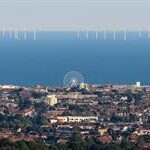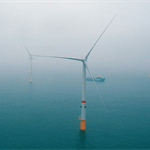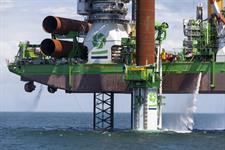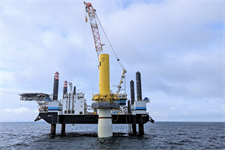UK urged to target 30GW onshore wind by 2030
Energy Disrupter
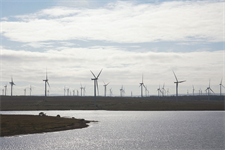
Industry body RenewableUK has called for the UK government to set 2030 capacity targets for onshore wind, floating offshore wind and renewable hydrogen ahead of the COP26 summit later this year.
It urged the government to target 30GW of onshore wind capacity, 2GW of floating offshore wind capacity, 5GW of electrolyser capacity for producing green hydrogen and 1GW of marine energy, including wave and tidal energy, by 2030.
RenewableUK’ head of policy affairs Nathan Bennett added that the government should set out a detailed roadmap for reaching net zero emissions by 2050, including specific milestones for the technologies that will enable this energy transition.
The industry body also called for ministers to continue to work with industry to maximise the number of apprenticeships and retraining opportunities for the renewable energy sector’s future workforce.
The UK government aims to reach 40GW of installed offshore wind capacity by 2030 – up from a previous pledge of 30GW by the same date. It also has a target of 1GW of floating offshore wind by 2030.
However, it has no similar targets for other renewable energy technologies, including onshore wind, renewable hydrogen and marine energy.
In a new report, “Raising the bar: the world-leading energy commitments the UK should make ahead of COP26”, RenewableUK described onshore wind as the cheapest form of new power generation.
It explained that most future projects would be sited in the devolved nations of Scotland and Wales, so their respective governments will need to set complementary targets towards this 30GW ambition, enable repowering of older turbines with newer, more efficient, more powerful machines.
Later this year, onshore wind will be able to compete in the UK’s contract for differences tenders (CfD) for the first time since the initial CfD tender in 2015.
The UK currently has 13.7GW of operational onshore wind capacity, according to Windpower Intelligence, the research and data division of Windpower Monthly.
Floating offshore
Meanwhile, RenewableUK urged the government to double its ambition for floating offshore wind in UK waters, by increasing the current target of 1GW by 2030 to 2GW by the same date.
Several large-scale projects are already being planned in UK waters, and so RenewableUK wants the government to capitalise on these developments.
It explained that the faster the industry builds floating offshore wind, the more it can accelerate cost reductions. Once this happens, global development will gather pace, and so will UK exports and UK jobs, RenewableUK argued.
RenewableUK added that a target of at least 5GW of green hydrogen electrolyser capacity by 2030 to facilitate strong domestic demand and support the development of the UK’s industrial base in the sector.
It also called for ministers to continue to work with industry to maximise the number of apprenticeships and retraining opportunities for the renewable energy sector’s future workforce
RenewableUK’s head of public affairs and lead author of the report, Nathan Bennett, said: “Ministers have already told us they want to see 40GW of offshore wind built by the end of this decade – now they need to show countries around the world we’re as committed to onshore wind, floating wind, renewable hydrogen and marine energy as we’d like them to be.”



